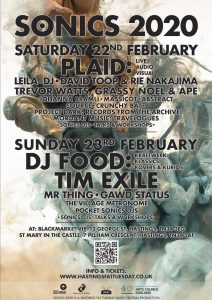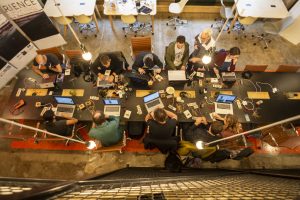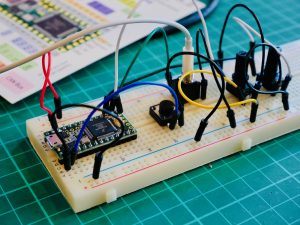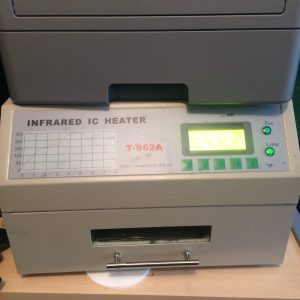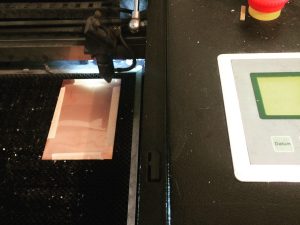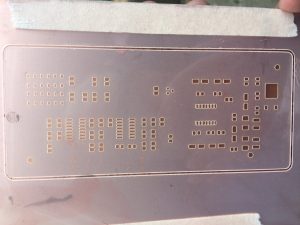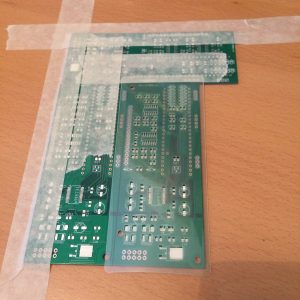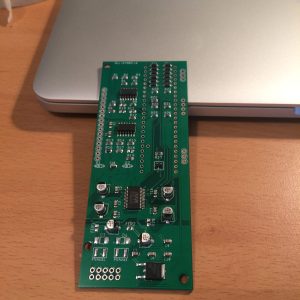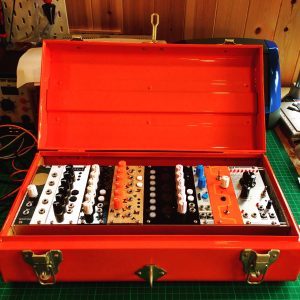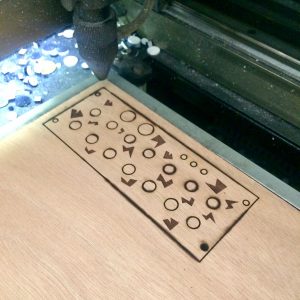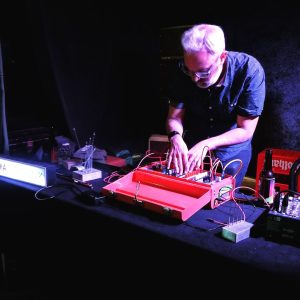I sincerely hope this post finds you healthy. I’m sure, like me, you’re feeling your fair share of existential angst. Being on lockdown is vitally important, but it can be very difficult. It does give us all a bit more time to focus on some indoor creative pursuits, so this (Good) Friday, myself and a few friends did an Immersive Music Session. The premise is simple, you isolate yourself (already on brand), and try to write 20 pieces of music in 12 hours. I’ve been occasionally doing these for more than a decade. It’s based on an idea from this book, which I highly recommend. It’s an emotional and physical trial, but the results are often surprising. Once the day is done, you come out of isolation and meet up with the other participants and share your tracks over a few beers. Obviously that was replaced with a video chat this time around, but it worked surprisingly well. It’s lovely to hear and discuss everyone’s original material that didn’t even exist the day before. The idea of the process is that you are under such time pressure to create that you have to turn off your ‘internal quality filter’ which can sometimes filter ideas before they have time to develop. By the time you get to the end of the day, the tracks you composed in the morning seem like a distant memory, and listening to them again at the end of the of the session, it’s almost like they were composed by another version of you.
I managed 11 tracks (I’ve never managed more than 12). I started the day trying to work exclusively with my live rig in preparation for a live stream performance I hope to do later in the month. As time progressed I decided to try different approaches, including sitting in the sun with my laptop in the garden. Including the tracks below, unedited from the time they were recorded, so bear in mind some of these tracks were made in less than an hour!
IMM 1: This was recorded live (pretty much), with spring box and guitar being processed by my DIY eurorack effects.
IMM 2: This piece was inspired by my anxiety about my asthma given the Covid situation. My breathing has been a bit worse since I had a cold recently, so it’s on my mind.
IMM 3: This was made using a music box I bought cheap from eBay where you can feed in paper, which you hole punch to make the notes play. I wanted to make use of the fact that I’d made up another one of my looper modules, so could have 2 loops running at once. I didn’t quite get the counter-point between them I was hoping for.
IMM 4: This was made by processing a kalimba which I’d hacked to add a contact mic and jack socket. This was processed with glitch delay and audio freeze, as well as reverb and delay. I’m quite pleased with this one.
IMM 5: Wanted to make something with a bit more energy that I could play live. These drums were done in Logic after the fact (worked out the tempo from the recorded file). Not sure how I can do these drums live. Might see if I can achieve something similar with RadioDrum.
IMM 6: This was the first track I made sitting outside. My laptop doesn’t have any of the sound packs for logic installed, so I had to make everything with the built in synths. ES2 is actually a great little synth I think!
IMM 7: Just wanted to make something quick and fun, at a much higher tempo than I normally work at!
IMM 8: Wanted to try my own version of Steve Reich’s Piano Phase using Logic’s Piano in EXS24 and a simple piano line. I bounced it down, and duplicated it, panning left and right, and slightly stretching the right channel’s audio to achieve the phasing. I like the result, but obviously can’t really claim credit for the idea!
IMM 9: Back in the house again (temperature had dropped a bit), and using the DIY eurorack live rig to record again. The main sound here was a contact mic taped to a singing bowl, which I scraped and struck.
IMM 10: I had in my notes (I normally jot down some potential ideas the night before), “Create a sample as if sampled from vinyl”. I made a loop with drums and strings, bounced it out, and then degraded it to sound more like an old record (ran it through an amp simulation). I then cut it up, and made a new loop. I was running out of time at this point (had about 30 minutes left). I wanted to accompany it with the Hyve synth, but the 2 didn’t work, so I did a little jam for the last track.
IMM 11: Hyve synth run through some reverb and delay, and also, Valhalla Shimmer.

